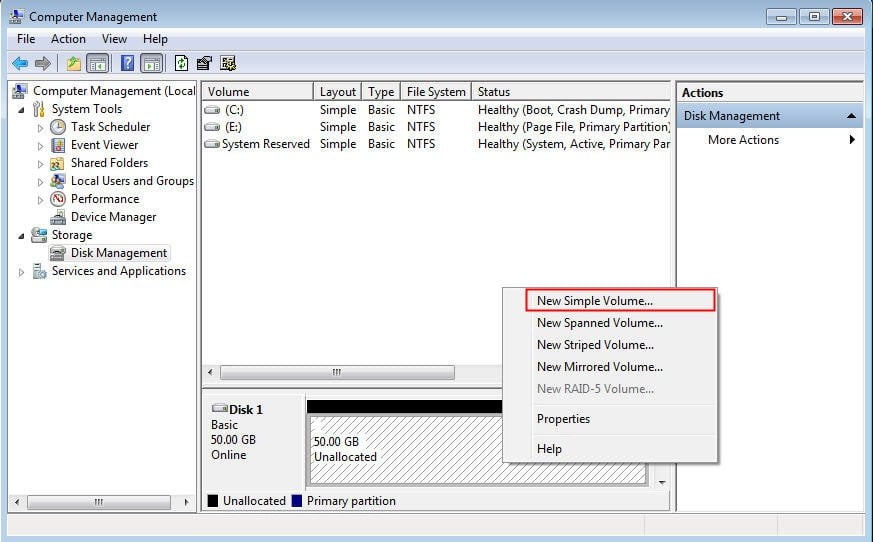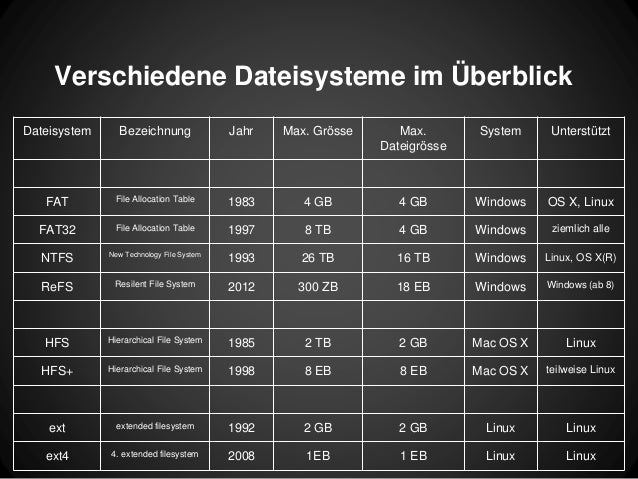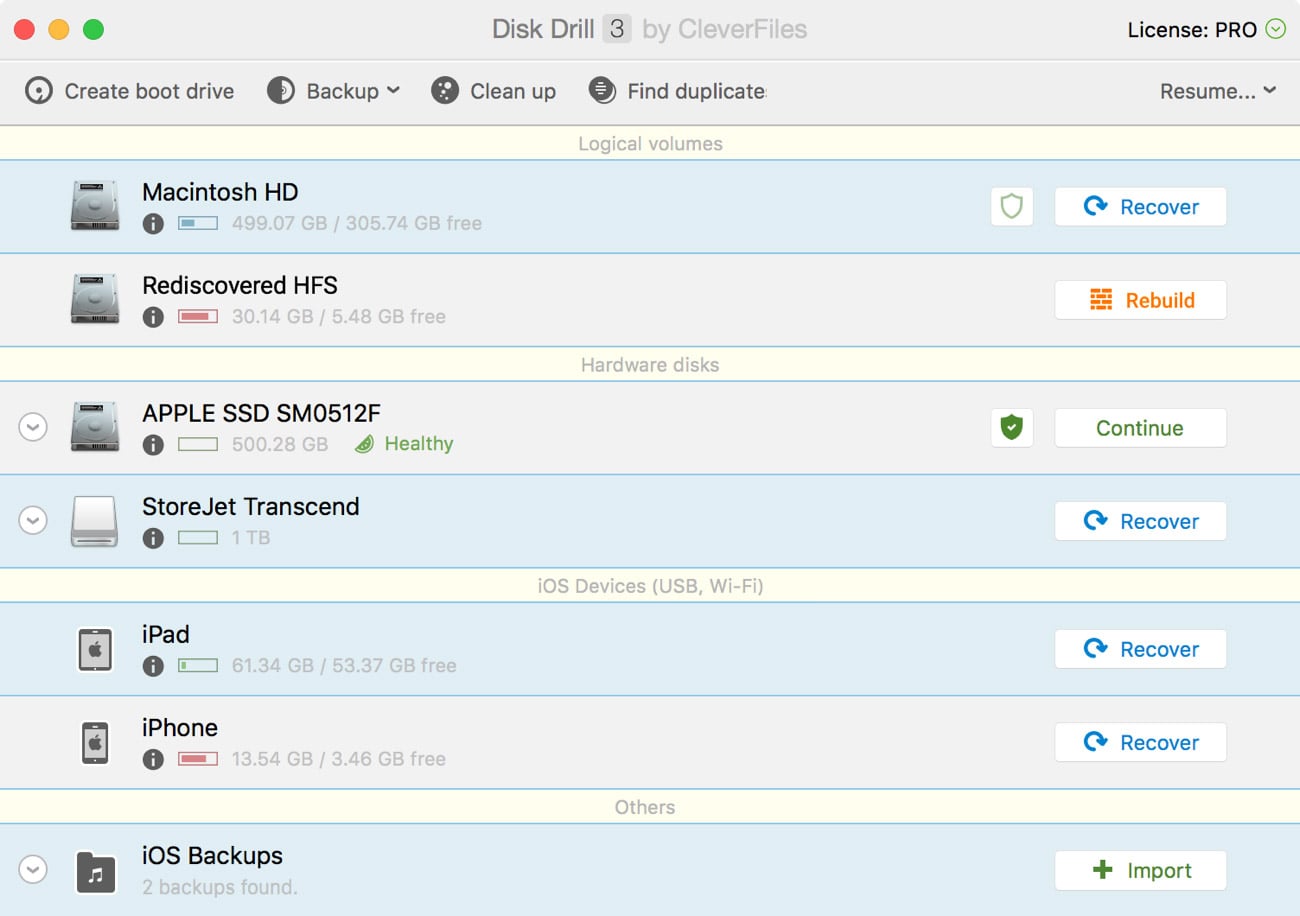Fat32 And Ntfs For Mac
Format the External Drive to FAT32. This method is not very coinvent. Not at least for me. So which file system( ntfs, exfat, fat32, ext4) should you choose well for your system Drive. For a system drive, use NTFS (Windows), ext4 (Linux), or HFS+ /APFS (macOS). For USB drives and memory cards, use FAT32 for capacities under 32GB.
Whether you’re formatting an internal drive, external drive, USB flash drive, or SD card, Windows will give you the choice of NTFS, FAT32, and exFAT. The Format dialog in Windows doesn’t explain the difference, so we will.
FAT32 is an older file system that’s largely relegated to USB flash drives and other external drives. Windows uses NTFS for its system drive, and it’s also ideal for other internal drives. exFAT is a modern replacement for FAT32, and more devices support it than do NTFS — although it’s not as widespread as FAT32.
FAT32

This file system’s age has advantages and disadvantages. Because it’s so old, it’s the de-facto standard. Flash drives you purchase will often come formatted with FAT32 for maximum compatibility across not just modern computers, but other devices like game consoles and anything with a USB port.
Limitations come with that age, however. Individual files on a FAT32 drive can’t be over 4 GB in size — that’s the maximum. A FAT32 partition must also be less than 8 TB, which is less of a limitations — but still a noticeable one if you have a new, high-capacity mechanical drive.
While this file system is okay for USB flash drives and other external media, you won’t want to use this for an internal drive. It lacks the permissions and other security features built into the more modern NTFS file system. Modern versions of Windows can no longer be installed to FAT32, and must be installed onto drives formatted with NTFS.
Compatibility: Works with all versions of Windows, Mac, Linux, game consoles, and practically anything with a USB port.
Limits: 4 GB maximum file size, 8 TB maximum partition size.
Ideal Use: Use it on removable drives for maximum compatibility with the widest range of devices, assuming you don’t have any files 4 GB or larger in size.
NTFS
NTFS is the modern file system Windows likes to use. When you install Windows, it formats your system drive with the NTFS file system. NTFS has file size and partition size limits that are so theoretically huge you won’t run up against them. NTFS first appeared in consumer versions of Windows with Windows XP.
Aside from these limitations, NTFS is packed with other modern features. It supports file permissions for security, a change journal that can help quickly recover errors if your computer crashes, shadow copies for backups, encryption, disk quota limits, hard links, and other various features. Many of these are crucial for an operating system drive — especially file permissions.
Your Windows system partition must be NTFS. If you have a secondary drive alongside Windows and you plan on installing programs to it, you should probably go ahead and make it NTFS, too.
However, NTFS just isn’t as compatible with other operating systems. It’ll work with all recent versions of Windows — all the way back to Windows XP — but it has limited compatibility with other operating systems. By default, Mac OS X can only read NTFS drives, not write to them. Some Linux distributions may enable NTFS-writing support, but some may be read-only. None of Sony’s PlayStation consoles support NTFS. Even Microsoft’s own Xbox 360 can’t read NTFS drives, although the new Xbox One can. Other devices are even less likely to support NTFS.
Compatibility: Works with all versions of Windows, but read-only with Mac by default, and may be read-only by default with some Linux distributions. Other devices — with the exception of Microsoft’s Xbox One — probably won’t support NTFS.
Limits: No realistic file-size or partition size limits.
Ideal Use: Use it for your Windows system drive and other internal drives that will just be used with Windows.
exFAT
It’s a file system optimized for flash drives. It’s designed to be a lightweight file system like FAT32 without all NTFS’s extra features and overhead, but without FAT32’s limitations.
Like NTFS, exFAT has very large file size and partition size limits. This means you can store files that are larger than 4 GB apiece on a flash drive or SD card if it’s formatted with exFAT. exFAT is a strict upgrade over FAT32, and should be the best choice for external drives where you want a lightweight file system without FAT32’s file size limits.
exFAT is also more compatible than NTFS. While Mac OS X includes only read-only support for NTFS, Macs offer full read-write support for exFAT. exFAT drives can be accessed on Linux by installing the appropriate software.
While exFAT is compatible with Macs — and will be compatible with some devices that don’t support NTFS, like digital cameras — it still isn’t quite as compatible. Microsoft’s own Xbox 360 doesn’t support it, although the Xbox One does. The PlayStation 3 doesn’t support exFAT drives, although the PlayStation 4 reportedly does. Various other older devices may only support FAT32 instead of exFAT.
Compatibility: Works with all versions of Windows and modern versions of Mac OS X, but requires additional software on Linux. More devices support exFAT than support NTFS, but some — particularly older ones — may only support FAT32.
Limits: No realistic file-size or partition-size limits.
Ideal Use: Use it for USB flash drives and other external drives, especially if you need files of over 4 GB in size. Assuming every device you want to use the drive with supports exFAT, you should format your device with exFAT instead of FAT32.
NTFS is ideal for internal drives, while exFAT is generally ideal for flash drives. However, you may sometimes need to format an external drive with FAT32 if exFAT isn’t supported on a device you need to use it with.
CREDIT: HOWTOGEEK.COM
Can I Use WD Hard Drive on Mac and PC
Before you get the answer, you must figure out what kind of file system can work well on both the macOS and the Windows system. macOS supports a handful of common file systems - HFS+, FAT32, and exFAT, with read-only support for NTFS. While Windows employs two major file systems: NTFS and FAT. FAT was inherited from old DOS and has exFAT as its later extension. In addition, the ReFS file system was developed as a new generation file system for server computers starting from Windows Server 2012.
That is to say, only FAT32 and exFAT can work on both Mac and PC. If you want to share digital files between Mac and Windows system easily, you must convert WD My Passport to FAT or exFAT. Here are three ways to format a WD My Passport, follow any one of them to convert to FAT.
- Solution 1. Format WD HDD with Software (FREE)
How to Format WD My Passport in Windows Platform (Free)
You can format a Western Digital My Passport external hard drive to ex-FAT or FAT32 format using a free ex-FAT or FAT32 converter - EaseUS Partition Master or use built-in applications Windows.
Fat32 And Ntfs For Mac Catalina
Solution 1. Format WD My Passport Using Software (Free)
It is a wise choice to use a professional format tool. With the help of EaseUS Partition Master Free, you can perfectly bypass the format limitation of the Windows disk management tool and help you format WD My Passport to FAT32 or exFAT easily without any obstacles. What's more, this Windows partition software helps you create, resize, clone, move, and merge partitions without difficulty. Follow the details below to convert WD My Passport to FAT32 or exFAT.
Step 1: Launch EaseUS Partition Master, right-click the partition on your external hard drive/USB/SD card which you want to format and choose the 'Format' option.
Step 2: Assign a new partition label, file system (NTFS/FAT32/EXT2/EXT3), and cluster size to the selected partition, then click 'OK'.

Step 3: In the Warning window, click 'OK' to continue.
Step 4: Click the 'Execute Operation' button in the top-left corner to review the changes, then click 'Apply' to start formatting your external hard drive/USB/SD card.
Solution 2. Format WD My Passport Using File Explorer
Windows limits FAT32 partitions to 32GB. It does not offer the ability to format a drive larger than 32GB to FAT32, the only available choices are NTFS or exFAT. If you want to format your WD My Passport to FAT32, you must make sure that the size is smaller than 32GB. If it is larger than 32GB, you can only format it to exFAT.
Step 1. Open Windows File Explorer, locate and right-click on WD My Passport that you need to format, select 'Format'.
Step 2. Rename the drive, reset its file system to FAT32 or exFAT.
Step 3. Click 'Start' to begin the formatting.
How to Format WD My Passport in macOS/OS X Platform
The easiest way to format the drive to FAT32 or exFAT is by using macOS's built-in Disk Utility for FAT32 or exFAT.
Tips: The instructions below are designed to help repartition and format a hard drive. Once the process begins, all the data on the drive will be lost!
Step 1. Connect WD My Passport to your Mac.
Step 2. Once that's done, double left-click on the Mac HD, the internal Mac hard drive visible on the top-right corner of the desktop screen.Select 'Applications > Utilities > Disk Utility'.
Step 3. Select your WD My Passport on the sidebar, choose 'Erase'.
Step 4. Rename the drive, select the 'Volume Format' drop-down list and choose 'MS-DOS (FAT)' or 'ex-FAT File System'. Then click 'Erase'.
Wait for the process to complete and let the macOS erase data on the drive and reformat it by FAT32 or ex-FAT format. Then, you can use the drive in macOS or OS X as a regular hard drive.
Difference Between FAT32, exFAT, and NTFS
FAT is known as the File Allocation Table. The successive major versions of the FAT format are named after the number of table element bits: FAT12, FAT16, and FAT32. FAT32 is the oldest of the three file systems available to Windows. Individual files on a FAT32 drive can’t be over 4 GB in size. A FAT32 partition must also be less than 8 TB, which admittedly is less of a limitation unless you’re using super-high-capacity drives.

exFAT, Extended File Allocation Table, is optimized for flash drives. It was added to older versions of Windows with updates to Windows XP and Windows Vista. This file system doesn't have the limitations of FAT32. You can use it when you need a bigger file size and partition limits than FAT32 offers.
NTFS, NT File System, is the modern file system Windows likes to use by default. It is packed with modern features not available to FAT32 and exFAT. However, it only works with all versions of Windows, but read-only with Mac by default.
If you want to use WD My Passport or any other hard drive on Mac and PC, you need to format a Western Digital My Passport external hard drive in exFAT or FAT32 format.
Tips to Avoid Formatting WD My Passport Without Backup
Just as I have mentioned above, once the process begins, all the data on the drive will be lost. To avoid unnecessary data loss issues, we highly recommended all users extract or back up important data to another device or partition in advance. You can copy files one by one to a new disk or drive. If you have quite a lot of data to be transferred, professional backup software shall be your best choice. Here we recommend you try EaseUS Todo Backup which allows you to directly back up target data with simple steps.
Step 1: Launch EaseUS Todo Backup software and then choose 'File Backup', 'Disk/partition Backup' or 'System Backup' for different backup purpose.
Step 2: Choose the system, disk partition, files or apps that you want to back up. Then select a destination where you want to store the backup file.
Step 3: Click 'Proceed' to start the data backup process.
Hot Topics - People Also Ask These Questions
What is the difference between NTFS, fat32, and exFAT?
NTFS is the commonly used file system for Windows internal drives. Windows OS can only be installed on an NTFS partition. FAT32 is an older file system used for external drives due to its great compatibility. exFAT is a replacement for FAT32, which is not as compatible as FAT32 but without the limitations of FAT32.
Can I use WD hard drive on Mac and PC?
Yes. If you want to use WD My Passport or any other hard drive on Mac and PC, you need to format a Western Digital My Passport external hard drive in exFAT or FAT32 format.
Can I convert exFAT to NTFS without losing data?
You are unable to directly convert exFAT to NTFS without losing data, as there is no such utility that can help you perform the exFAT to NTFS conversion. You can back up exFAT partition data to another drive and then format the exFAT partition to NTFS with EaseUS Partition Master Free.
How do I format my WD Passport?
Step 1. Run EaseUS Partition Master, right-click the hard drive partition you intend to format and choose Format.
Step 2. In the new window, set the Partition label, File system (NTFS/FAT32/EXT2/EXT3/exFAT), and Cluster size for the partition to be formatted, then click OK.
Step 3. Click OK in it to continue.
Step 4. Click the Execute Operation button on the top-left corner to review the changes, then click Apply.
Conclusion
Fat32 Vs Ntfs Flash Drive
You can format your Western Digital My Passport external hard drive to FAT32 or exFAT format to transfer the data between a Mac and Windows system conveniently. According to the solutions above, the EaseUS partition tool stands out for its convenience and easiness. It's always your best choice.